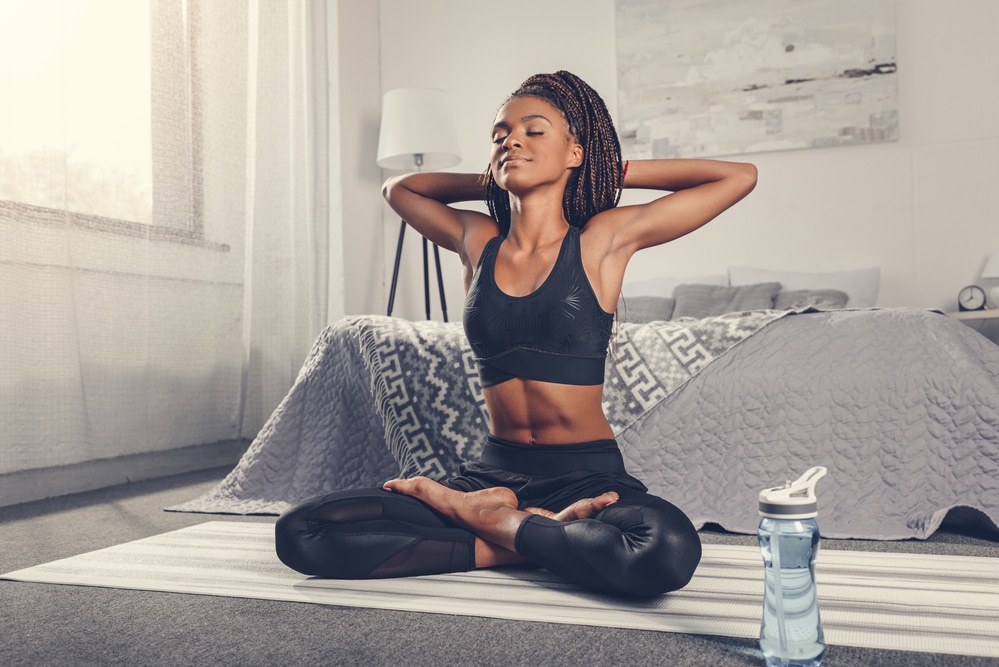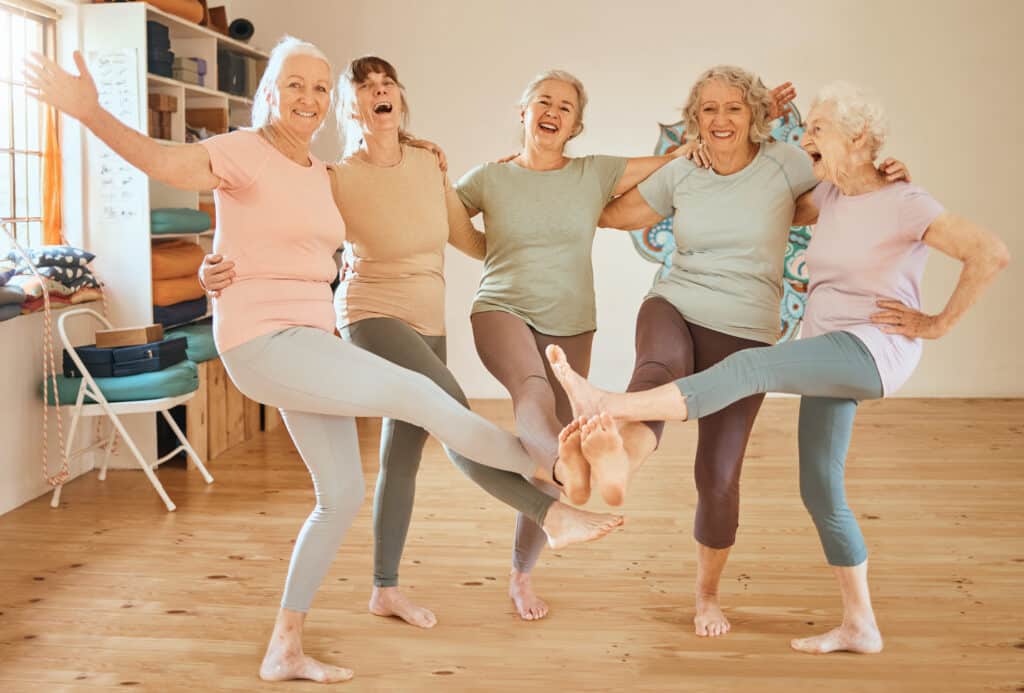
When it comes to health and wellness, the connection between hormones and exercise is powerful yet often underestimated. As your body’s chemical messengers, hormones regulate various bodily functions involved in exercise, influencing everything from mood and energy levels to muscle growth and metabolism. Similarly, exercise plays an important role in hormone regulation, offering a plethora of benefits for both physical and mental well-being.
Whether you’re undergoing hormone replacement therapy or not, understanding the intersection of hormones and exercise is essential for optimizing health and enhancing quality of life.
Understanding the Link Between Hormones and Exercise
Hormones carry important messages between different parts of the body and influence numerous physiological processes. Key hormones such as estrogen, testosterone, progesterone, cortisol, and human growth hormone (HGH) help maintain homeostasis within the body.
Hormone levels are affected by many factors, including age, diet, medical conditions, medications, and physical activity levels. Exercise is an especially powerful tool in regulating hormones, with the type, duration, and intensity of activity dictating hormonal responses.
Testosterone, Estrogen, and Progesterone

Testosterone, the male sex hormone, plays a critical role in bone density, muscle development, and overall vitality in both men and women. Engaging in resistance training stimulates testosterone production, promoting muscle hypertrophy and increased strength.
Similarly, estrogen and progesterone — predominantly found in females — influence factors such as bone health, mood, and reproductive function. Regular exercise, especially weight-bearing activities, can help mitigate declining estrogen levels during menopause, reducing the risk of developing osteoporosis and improving mood stability.
Cortisol
Cortisol, often referred to as the stress hormone, increases during physical activity, mobilizing energy reserves and regulating inflammation. While acute increases in cortisol levels during exercise are beneficial for physical performance, chronic elevation due to excessive training or high stress levels can lead to adverse effects such as immune suppression and muscle breakdown. Achieving the right balance between exercise intensity and recovery time is essential for optimizing cortisol levels and mitigating the risks associated with overtraining.
Human Growth Hormone
The connection between hormones and exercise can also be observed in the function of the human growth hormone. HGH, which is crucial for tissue repair and regeneration, is released at both ends of the physical activity spectrum — deep sleep and intense exercise.
High-intensity interval training and resistance exercise are powerful ways to stimulate growth hormone secretion, which promotes muscle repair and fat metabolism. In addition to exercise, adequate sleep and proper nutrition are vital components of optimizing growth hormone production and supporting overall health and performance.
The Role of Hormone Replacement Therapy
Hormone replacement therapy is a targeted medical treatment designed to restore hormonal optimal hormone levels in patients with deficiencies or imbalances. Common applications of hormone replacement therapy include testosterone replacement for individuals with hypogonadism, menopause management, and thyroid hormone supplementation for those with thyroid disorders.
Due to the complex interplay between hormones and exercise, incorporating exercise with hormone replacement therapy can enhance the treatment’s efficacy and help alleviate the symptoms associated with hormonal fluctuations.

Benefits for Women
In women going through menopause, the combination of estrogen therapy and regular exercise has been shown to alleviate hot flashes, preserve bone density, and improve mood. Strength training is particularly beneficial for counteracting the muscle loss often that comes with age and enhancing metabolic rate, complementing the effects of hormone therapy.
Benefits for Men
Similarly, men undergoing testosterone therapy can optimize muscle growth, energy levels, and overall well-being by incorporating regular exercise into their daily routines. Utilizing resistance training in conjunction with testosterone supplementation can enhance physical performance, support muscle protein synthesis, and promote vitality and longevity.
The Importance of an Individualized Approach
While exercise can be a powerful tool for optimizing hormonal balance and promoting greater overall health, it’s not a one-size-fits-all approach. If you’re looking to leverage the connection between hormones and exercise, it’s important to consult with healthcare professionals to create a personalized treatment approach. When designing an exercise program to meet your unique needs, factors like age, sex, hormone profile, medical history, and fitness level must be taken into account.
Physicians, certified trainers, and endocrinologists can help you determine the right course of action by administering comprehensive assessments, including hormone testing, fitness evaluations, and medical screenings. Based on these assessments, you can develop a personalized exercise regimen or hormone replacement plan that optimizes your hormonal balance, minimizes risks, and maximizes benefits.
At Elevate Wellness and Vitality, we can help you make the most of the intersection of hormones and exercise. In addition to providing targeted hormone therapy, our expert team can help you develop healthy habits to support long-lasting wellness. If you’re ready to see the connection between hormones and exercise for yourself, contact us today to schedule an appointment.

